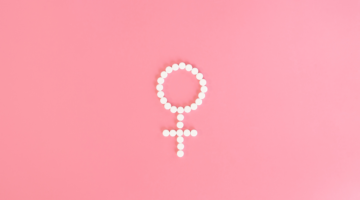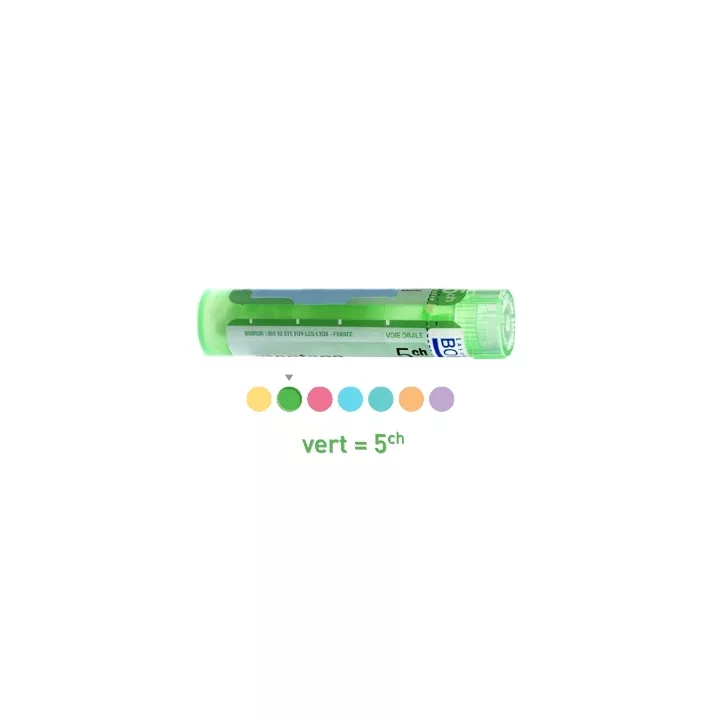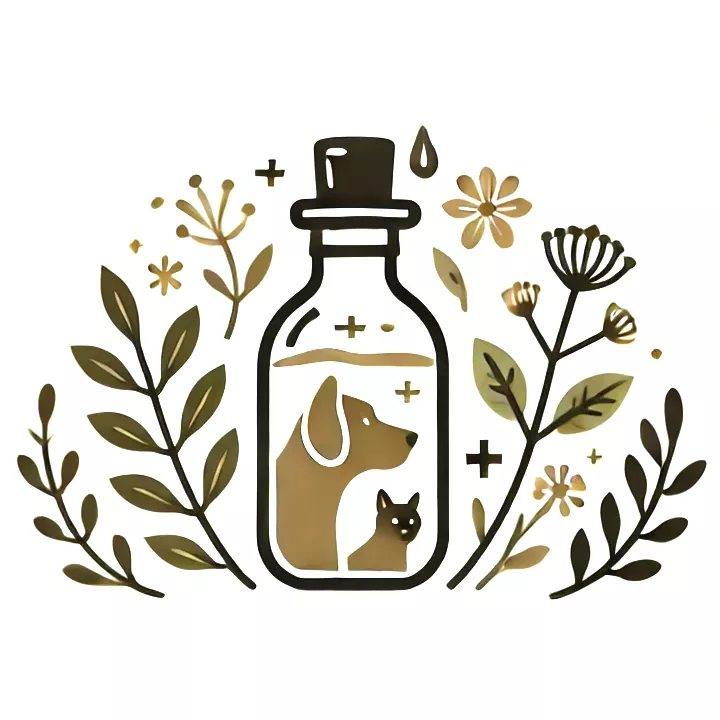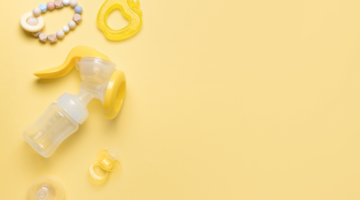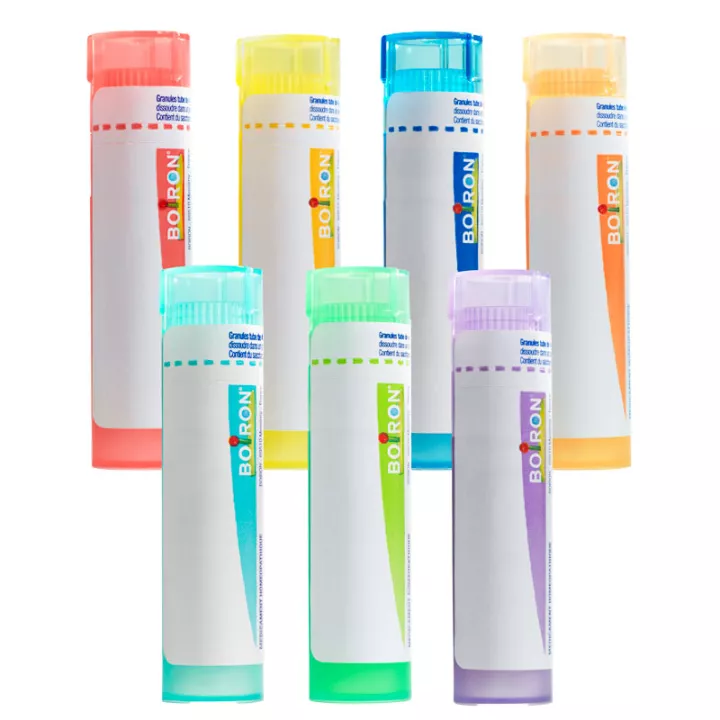Scrofularia Nodosa 4CH, 5CH, 9CH homeopathic granules Boiron
Scrofularia Nodosa 4 CH Tubes
Registered medicine: EH00949
Listed in the pharmacopoeia
Origin : Vegetal
Public price incl. VAT: the price of homeopathic medicines is freely defined by the online pharmacist.
Available from TM to 30CH
Discover Scrofularia Nodosa, the homeopathic remedy for the relief of breast nodules, mastosis, recto-sigmoid pain and digestive tumors. Restore feminine and digestive well-being naturally.
Indications and dosage
Homeopathic medicines can be used for a variety of symptoms, so it's not possible to determine the indications and dosage of a specific preparation. The homeopathic physician selects the appropriate medicine, dilution and dosage according to the patient's state of health and characteristic symptoms.
Scrofularia Nodosa: The Homeopathic Solution for Gynecology and Gastroenterology
For natural feminine and digestive well-being
Scrofularia Nodosa Granules homéopathie Boiron, available in 4CH, 5CH and 9CH, are homeopathic medicines designed to meet your needs in gynecology and gastroenterology. Whether you suffer from indurated breast nodules, mastosis, recto-sigmoid pain or tumors, Scrofularia Nodosa is there to offer you natural relief.
Why choose Scrofularia Nodosa in Gynecology?
- Mammary nodules soothed: Indurated breast nodules can cause discomfort. Scrofularia Nodosa is a homeopathic solution to soothe these nodules.
- Attenuated mastosis: Mastosis can be a source of pain and discomfort. Scrofularia Nodosa can help relieve the symptoms associated with this condition.
Why choose Scrofularia Nodosa in Gastroenterology?
- Recto-sigmoid pain relief: Recto-sigmoid pain can be uncomfortable. Involvement of the recto-sigmoid is the most frequent form of digestive damage caused by endometriosis. It is linked to the development of a nodule behind the cervix, along the ligaments between the uterus and the sacrum. Scrofularia Nodosa is used to alleviate this pain, offering natural relief.
- Digestive Tumor Management: In cases of digestive tumors, Scrofularia Nodosa can be a natural option to support the healing process.
Dosage:
The dosage of Scrofularia Nodosa varies according to the medical prescription and the nature of the pathology to be treated. It is recommended to follow your healthcare professional's recommendations for optimal results.
Directions for use
Do not touch homeopathic granules with your fingers.
Use a mint-free toothpaste (such as Homéodent Boiron, a toothpaste compatible with homeopathic granules).
Directions for use :
- Invert and twist cap to remove granules from tube.
- Do not place the granules in the palm of the hand to administer.
- For adults and children over 6, allow to melt under the tongue.
- For children under 6, dissolve the granules in a little water.
How to use Scrofularia Nodosa for breast nodules or digestive disorders?
The recommended dosage is generally 5 granules, 3 times a day, choosing the appropriate dilution (5CH, 7CH, 9CH, 15CH, 30CH). For personalized advice, we recommend consulting a healthcare professional.
How long does it take to see an improvement with Scrofularia Nodosa?
Results may vary from one individual to another. Improvement may be noted after several weeks of regular use in line with recommendations.
Are there any known side effects to Scrofularia Nodosa?
Scrofularia Nodosa is generally well tolerated and side effects are rare in homeopathy. If you experience any unusual reactions, we recommend that you consult a health professional.
Can Scrofularia Nodosa be combined with other medications?
Yes, Scrofularia Nodosa can be taken in combination with other treatments. However, for any combination of treatments, it is prudent to consult a healthcare professional to avoid drug interactions.
Is Scrofularia Nodosa suitable for everyone?
Scrofularia Nodosa can be used by people of different ages, but it is advisable to consult a healthcare professional for suitable dosage and use, especially for children and the elderly.
Packaging and contents
Scrofularia Nodosa, also known as knotweed, is a medicinal plant used in homeopathy for its specific healing properties. Registered under number EH00949 and listed in the French and European Pharmacopoeia, this plant-based strain is available in doses and tubes, as well as for magistral preparations, offering a variety of options for homeopathic treatment. This article explores the characteristics and potential uses of Scrofularia Nodosa in homeopathy.
Origin and properties
Scrofularia Nodosa is a plant belonging to the Scrophulariaceae family, traditionally recognized for its beneficial effects on the lymphatic system and for its action in the treatment of skin disorders. The homeopathic preparation of this plant follows the principles of dilution and dynamization, enabling you to benefit from its therapeutic properties while minimizing risks.
Available formulations
Doses and tubes: Scrofularia Nodosa is available in doses at a dilution of 12 CH and in tubes at dilutions of 4 CH, 5 CH and 9 CH. This range of dilutions offers flexibility in the choice of treatment, adapted to the severity and nature of the patient's symptoms.
Magistral preparations: For personalized treatment, Scrofularia Nodosa is also available for magistral preparations in Hahnemannian dilutions starting at 2 CH. This option enables practitioners to fine-tune the remedy to the specific needs of each individual.
Therapeutic applications
Scrofularia Nodosa is commonly used for its effects on the lymphatic system, particularly in the treatment of swollen or painful lymph nodes. It may also be indicated for relieving skin conditions such as eczema or psoriasis, due to its anti-inflammatory properties. In addition, this strain can play a role in the treatment of joint disorders, offering relief from joint pain or inflammation.
Precautions for use
Warning
Contains sucrose.
Giving homeopathic granules to babies and children
For granules or alcoholic drops, dissolve in 100ml of water. As granules take a long time to dissolve, it is necessary to prepare your mixture in advance.
Homeopathy and pregnancy
Homeopathic medicines have no chemical toxicity, no contraindications, no interaction with other drugs, and no adverse effects linked to the quantity of product ingested. Pregnant women can take homeopathic medicines with no known risk to themselves or their unborn child, but it is advisable to seek advice.
Frequency of homeopathic use
For acute conditions, homeopathic remedies should be taken every hour until symptoms improve. From then on, they should be taken 3 or 4 times a day, spaced out, and then gradually stopped.
For chronic conditions, low-dilution remedies (> 9CH) should be taken 1 or 2 times a day, while basic remedies should be taken once a week, or even once a month. This decision is left to the homeopath.
What to do if there is no improvement within 24 hours
Certain pathologies cannot be treated with homeopathy simply by self-medication. Their seriousness requires medical advice, which can be given by a homeopathic doctor. This doctor will judge whether your condition can be treated with homeopathy alone, or whether your treatment needs to be supplemented with allopathic medicine.
